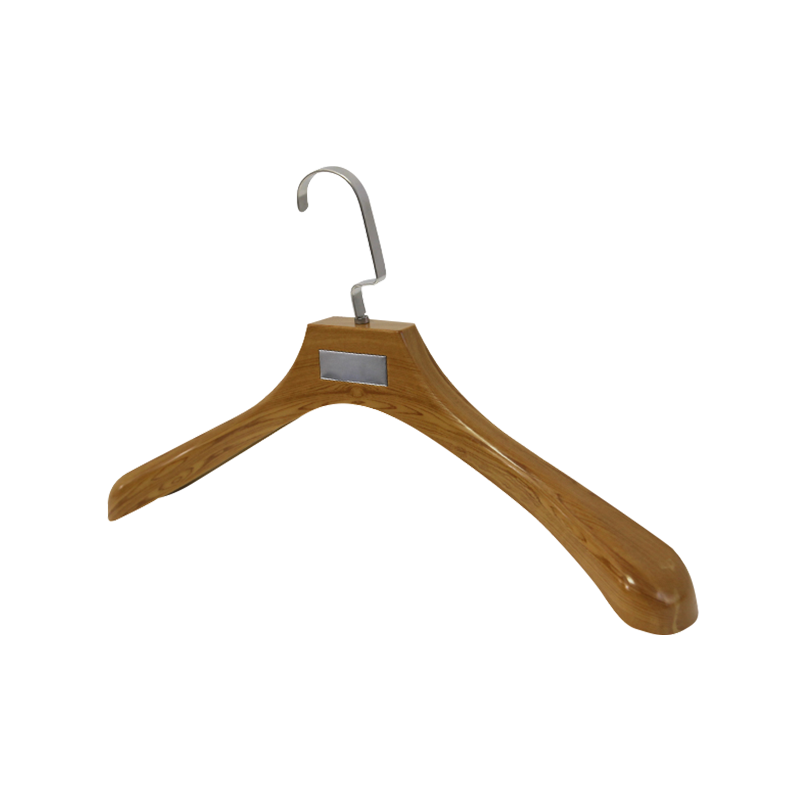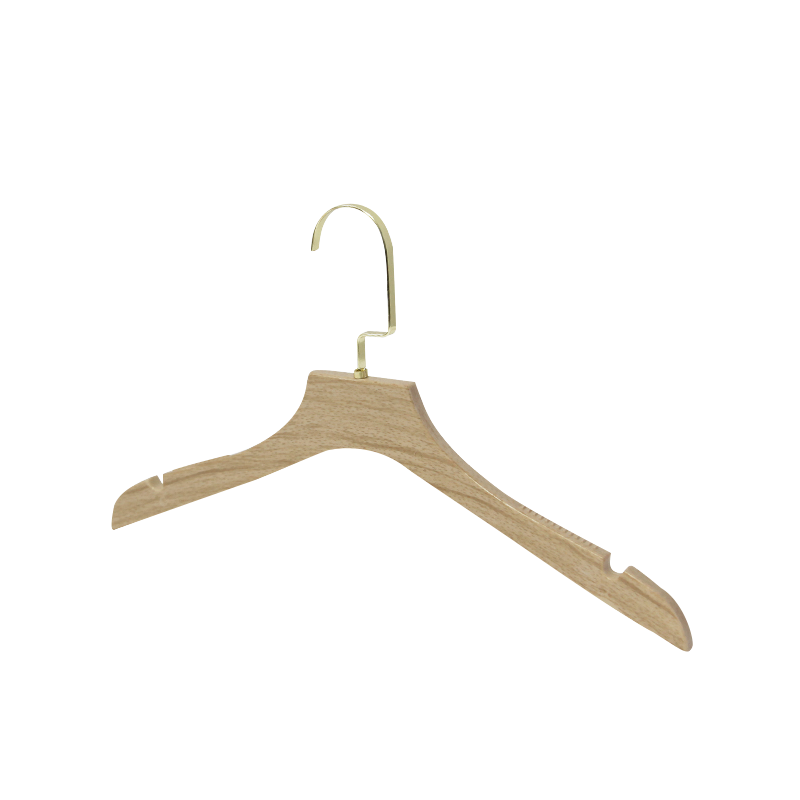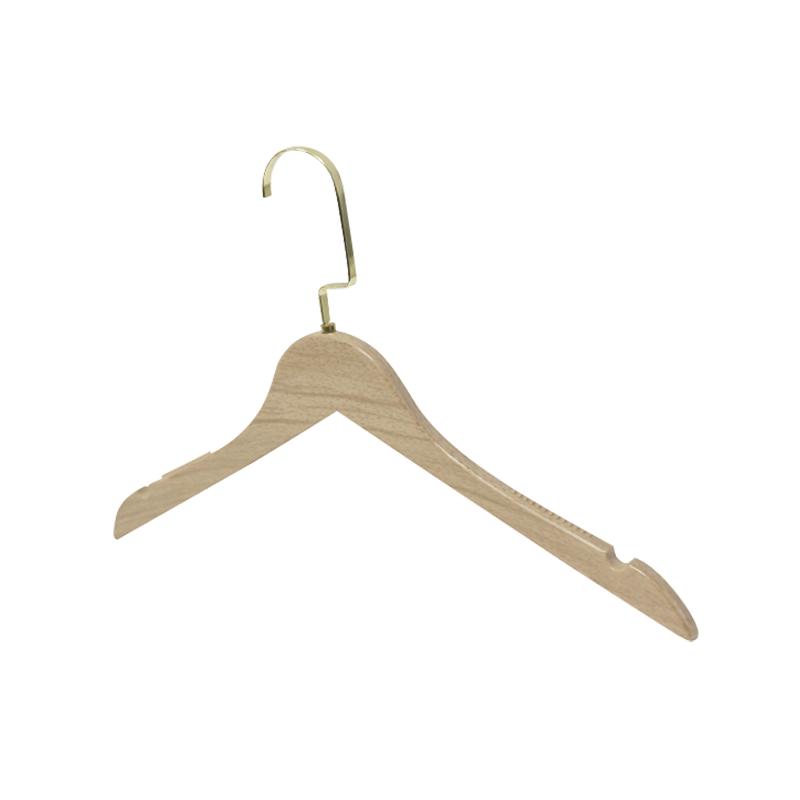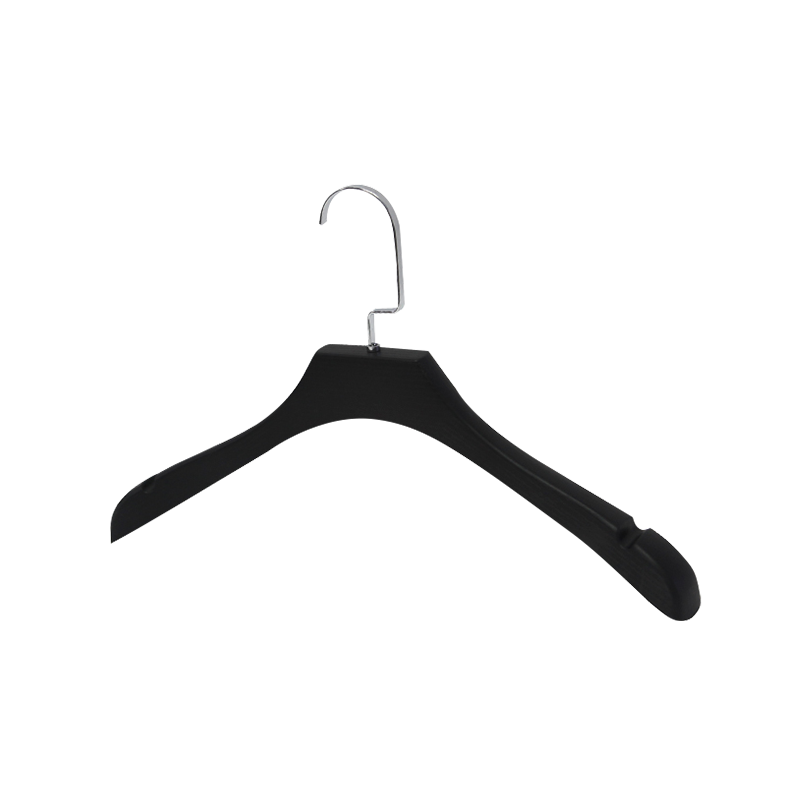Part 1: The Fundamental Principle and Mechanism
Understanding how a garment steamer supplier functions is key to appreciating its utility and differentiating it from other laundry tools.
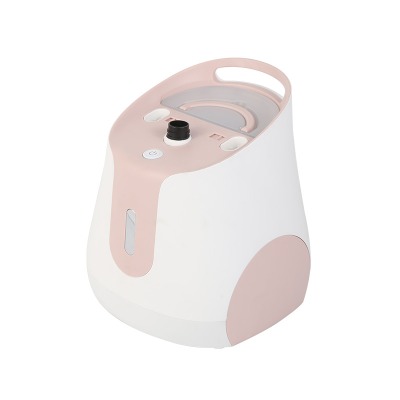
1.1. The Science of Steam and Wrinkle Removal
Wrinkles in fabric are formed when hydrogen bonds in the cellulose fibers of materials like cotton are broken and reset in a distorted shape due to bending or crushing. A garment steamer addresses this by applying heat and moisture. The hot steam penetrates the fabric, and the moisture allows the polymer chains in the fibers to become more flexible. The heat provides the energy for the bonds to re-form, and the weight of the water droplets, combined with the directional flow of the steam, encourages the fibers to return to a relaxed, straight state. This is a thermal and mechanical process, but it does not involve the polished, sharp crease that an iron provides through direct pressure and heat.
1.2. Core Components of a Garment Steamer
A typical steamer consists of several key parts. A water reservoir holds the water, which can be tap or distilled, depending on the model. A heating element boils the water to create steam. This steam is then channeled through a hose to a handheld nozzle or head, which often includes a brush attachment to help separate fibers for more effective steam penetration. The entire system is designed for continuous steam production over a period of time, making it efficient for refreshing multiple garments in sequence.
Part 2: Primary Types of Garment Steamers
Garment steamers can be broadly categorized based on their design, capacity, and intended use context. The main types are upright steamers, handheld steamers, and travel steamers.
2.1. Upright Garment Steamers
Often referred to as standing or full-size steamers, these are the most powerful and feature-rich type. They are characterized by a large water tank on a wheeled base, a long hose, and a steaming head mounted on a pole.
Sub-points:
Capacity and Power: Their large reservoirs, often holding one to two liters of water, allow for 60 to 90 minutes of continuous steam, making them suitable for steaming entire wardrobes or heavy fabrics like curtains.
Ideal Use Cases: They are commonly used in homes for weekly laundry tasks, in retail clothing stores for preparing merchandise for display, and by fashion stylists who need to prepare multiple garments quickly. Their design often includes a hanging hook for the garment, allowing for hands-free operation.
2.2. Handheld Garment Steamers
These are compact, all-in-one units where the water tank and steamer head are combined in a single handheld device.
Sub-points:
Portability and Convenience: Their small size and lack of a separate base make them easy to store in small apartments and simple to maneuver around a garment on a hanger. Their water tanks are smaller, typically 200-400 ml, providing 10-20 minutes of steam.
Ideal Use Cases: They are well-suited for quick touch-ups on a single outfit, for steaming delicate items like silk scarves where precise control is needed, and for steaming garments that are already on a hanger in the closet. They are a practical choice for individuals with limited storage space.
2.3. Travel Steamers
This is a sub-category of handheld steamers, engineered with a specific focus on portability and dual-voltage capability.
Sub-points:
Design for Mobility: Travel steamers are the lightest and most compact models, often designed to fit inside a suitcase. They may feature collapsible handles or specially designed water tanks that are easy to fill in a hotel bathroom sink.
Ideal Use Cases: As the name implies, their primary function is for use while traveling. They allow a business traveler to refresh a suit before a meeting or a tourist to de-wrinkle clothes after unpacking a suitcase. Their compact nature means they trade a degree of steam power and water capacity for their portability.
Part 3: Specialized and Hybrid Systems
Beyond the primary categories, there are steamers that incorporate additional features or combine steaming with other functions.
3.1. Steamer and Iron Combos
Some manufacturers offer hybrid devices that function as both a traditional steam iron and a handheld steamer. These units typically have a base that serves as an ironing station and a detachable pod that becomes a steamer. This type is aimed at consumers who want the versatility to create sharp creases on dress shirts with the iron while also having the option to steam a delicate wool blazer or a draped curtain.
3.2. Commercial and Industrial Steamers
These are heavy-duty versions of upright steamers, built for high-frequency use in environments like dry-cleaning establishments, uniform services, or theater costume departments. They feature industrial-grade components, larger water tanks, and more powerful steam generation to handle high volumes of diverse textiles efficiently.



 Language
Language  English
English 中文简体
中文简体 Español
Español русский
русский
